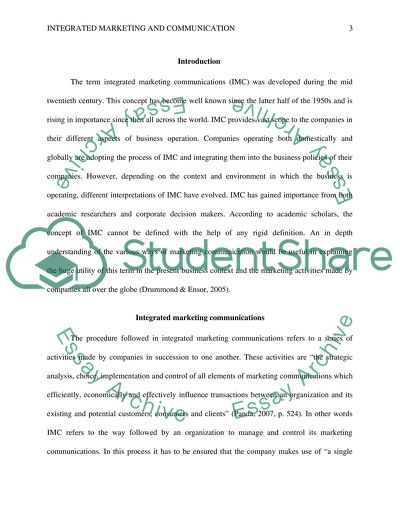Cite this document
(“Integrated Marketing and Communication Term Paper”, n.d.)
Retrieved from https://studentshare.org/marketing/1484856-integrated-marketing-and-communication
Retrieved from https://studentshare.org/marketing/1484856-integrated-marketing-and-communication
(Integrated Marketing and Communication Term Paper)
https://studentshare.org/marketing/1484856-integrated-marketing-and-communication.
https://studentshare.org/marketing/1484856-integrated-marketing-and-communication.
“Integrated Marketing and Communication Term Paper”, n.d. https://studentshare.org/marketing/1484856-integrated-marketing-and-communication.


